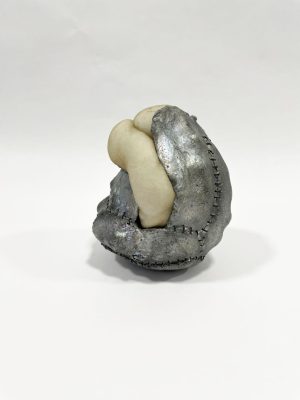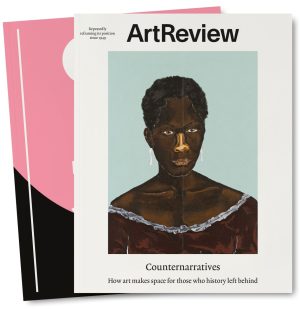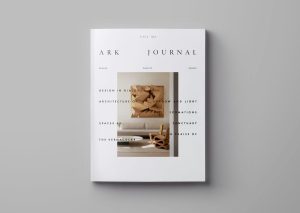Descripción
Claudia Terstappen estudió escultura en la Art Academie Duesseldorf, Alemania. Ha vivido y trabajado en Dusseldorf, Londres, Barcelona, Hong Kong y Nueva York. Desde 2004 divide su vida entre Barcelona y Melbourne.
A lo largo de muchos años ha investigado los cambios pasados y presentes relacionados con el lugar y la cultura, lo que ha dado lugar a obras bidimensionales y tridimensionales como «Lugares sagrados», «Cultura e identidad» y «A la sombra del cambio». Viajó a Brasil, Colombia, México, Canadá, Japón, Indonesia, China, Estados Unidos, Islandia y España para explorar las huellas de sistemas de creencias antiguos y modernos fuertemente vinculados al mundo natural.
En 2002, su trabajo artístico la llevó a Australia. Desde entonces ha vivido años de sequía, inundaciones y olas de calor sin precedentes, con feroces incendios forestales que arrasaron comunidades enteras. Estas circunstancias extremas provocaron un importante cambio en su forma de pensar y la llevaron a centrarse en paisajes que podían estar amenazados de forma inmediata.
A través de la escultura y los medios de comunicación basados en la lente, indaga, pero también obliga a una imaginación más amplia y rica de dar sentido a los patrones culturales y las intervenciones humanas que dan forma a la diversidad y la continuidad de la vida.
Cuando trabaja en obras escultóricas en su estudio, como en arcilla o madera, traduce una idea en forma con la mayor libertad posible. Esto también puede significar la percepción y el cultivo de un único momento o una única observación. No es el tema lo que importa, sino la traducción del tema en abstracción. Quiere que las obras tengan una existencia independiente alejada de la especificidad y se refieran más bien a procesos o estados de los seres.
Ambos conjuntos de obras navegan entre las formas naturales y culturales que le interesan. Situadas entre lo visible y lo imaginario, las obras crean ciertas tensiones entre organismos y estructuras abstractas, quedando abiertas a una red infinita de interpretaciones.
Su obra figura en colecciones de Australia, Japón, España, Alemania, Francia y Estados Unidos.
Claudia Terstappen studied sculpture at the Art Academie Duesseldorf, Germany. She lived and worked in Duesseldorf, London, Barcelona, Hong Kong and New York . Since 2004 she divides her life between Barcelona and Melbourne.
Over many years she investigated the past and present changes relating to place and culture, resulting in two and three-dimensional works including, «sacred places», «culture and identity» and «In the shadow of change». She traveled to Brazil, Colombia, Mexico, Canada, Japan, Indonesia, China, the US, Iceland and Spain to explore traces of ancient and modern belief systems that are strongly linked to the natural world.
In 2002 her artistic work brought her to Australia. She has since experienced years of drought, floods and record heat waves with vicious bushfires wiping out whole communities. These extreme circumstances caused an important shift in her thinking, prompting a focus on landscapes that might be under immediate threat.
Through lens-based media and sculpture she inquires, but also compels a broader and richer imagination of making sense of cultural patterns and human interventions that shape the diversity and continuity of life.
When working on sculptural works in her studio, like in clay or wood she translates an idea into form with the greatest possible freedom. This can also mean the perception and cultivation of a single moment or a single observation. It is not the subject that matters, but the translation of the subject into abstraction. She wants the works to have an independent existence away from specificity and rather refer to processes or state of beings.
Both bodies of works navigate between natural and cultural forms that interest her. Set between the visible and the imaginary, the works create certain tensions between organisms and abstract structures, remaining open to an infinite net of interpretations.
Her work is held in collections in Australia, Japan, Spain, Germany, France and the US.




